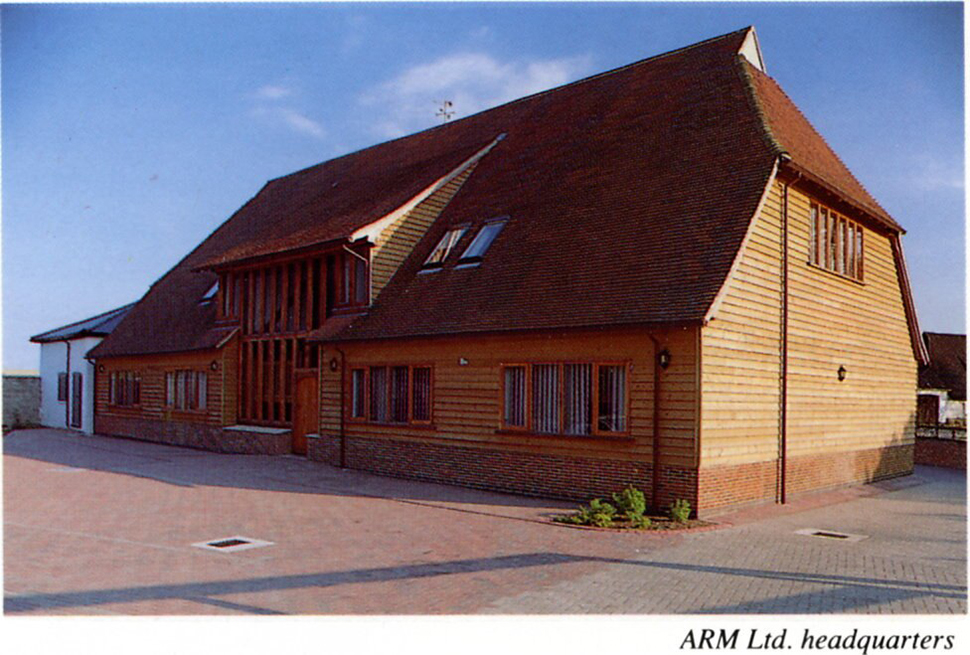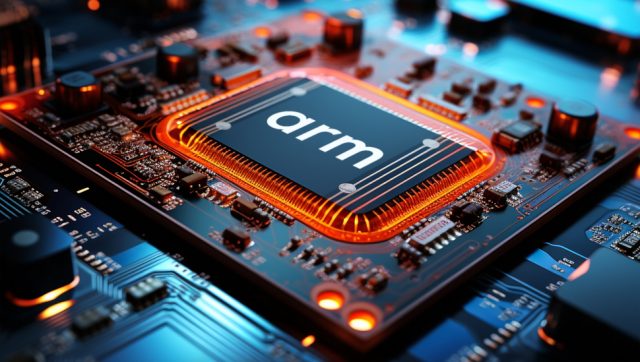- Acorn’s ARM1 chip kicked off a 40-year computing legacy
- Arm chips now power over 300 billion devices worldwide and counting
- 99% of smartphones run on Arm and there’s growing adoption in IoT, cloud, and AI workloads
In April 1985, a small team at Acorn Computers in Cambridge, UK, set out to rethink what a processor could be. Engineers Sophie Wilson and Steve Furber developed the ARM1 (it originally stood for Advanced RISC Machines), an unassuming chip with just 25,000 transistors, to power the BBC Micro, crafting a 32-bit processor that emphasized reduced instruction sets for faster, more efficient computation.
The design’s low power consumption was partially driven by practical constraints, namely the need to run in cheaper plastic packaging. ARM2 soon followed, incorporated into the Acorn Archimedes, the first RISC-based home computer. ARM3 introduced a 4KB cache and further improved performance.
After the spin-off from Acorn in 1990, ARM Ltd. was founded as a joint venture between Acorn, Apple, and VLSI. One early commercial success was the Apple Newton, followed by widespread adoption in mobile phones like the Nokia 6110, which featured the ARM7TDMI.

Looking to the future
ARM6, introduced in 1991, brought full 32-bit processing and an MMU, key to powering GSM mobile phones. In 2005, Armv7 architecture debuted with the Cortex-A8 processor, which brought SIMD (NEON) support and powered many early smartphones.
In 2011, Armv8 introduced 64-bit support and became the foundation for cloud, data center, mobile, and automotive computing. Features like SVE and Helium pushed performance and AI capabilities further.
The 2021 launch of Armv9 marked the architecture’s shift into AI-centric workloads. It introduced Scalable Vector Extension 2 (SVE2), Scalable Matrix Extension (SME), and Confidential Compute Architecture (CCA).
These features made it suitable for everything from smartphones with advanced image processing to AI servers handling generative workloads. SME accelerates generative AI and MoE models, while SVE2 brings enhanced AI capability to general-purpose compute.
Arm’s compute subsystems (CSS), based on Armv9, now serve client, infrastructure, and automotive markets. By integrating CPUs, interconnects, and memory interfaces, these CSS platforms support rapid development of specialized silicon.
From the original ARM1 with just 25,000 transistors to today’s Armv9 CPUs packing 100 million gates, the architecture has consistently driven computing forward for four decades. Arm-based chips now power over 300 billion devices worldwide, from tiny embedded sensors to full-scale data centers.
With 99% of smartphones running on Arm and growing adoption in IoT, cloud, and AI workloads, the architecture continues to scale thanks to its energy-efficient design and flexible licensing model.
Looking ahead, there have been growing rumors that Arm could move beyond licensing and into chip production, something that would put it in competition with its biggest customers. This speculation intensified recently following the acquisition of Ampere Computing, Arm’s only independent server chip vendor, by SoftBank, Arm’s Japanese owner.












